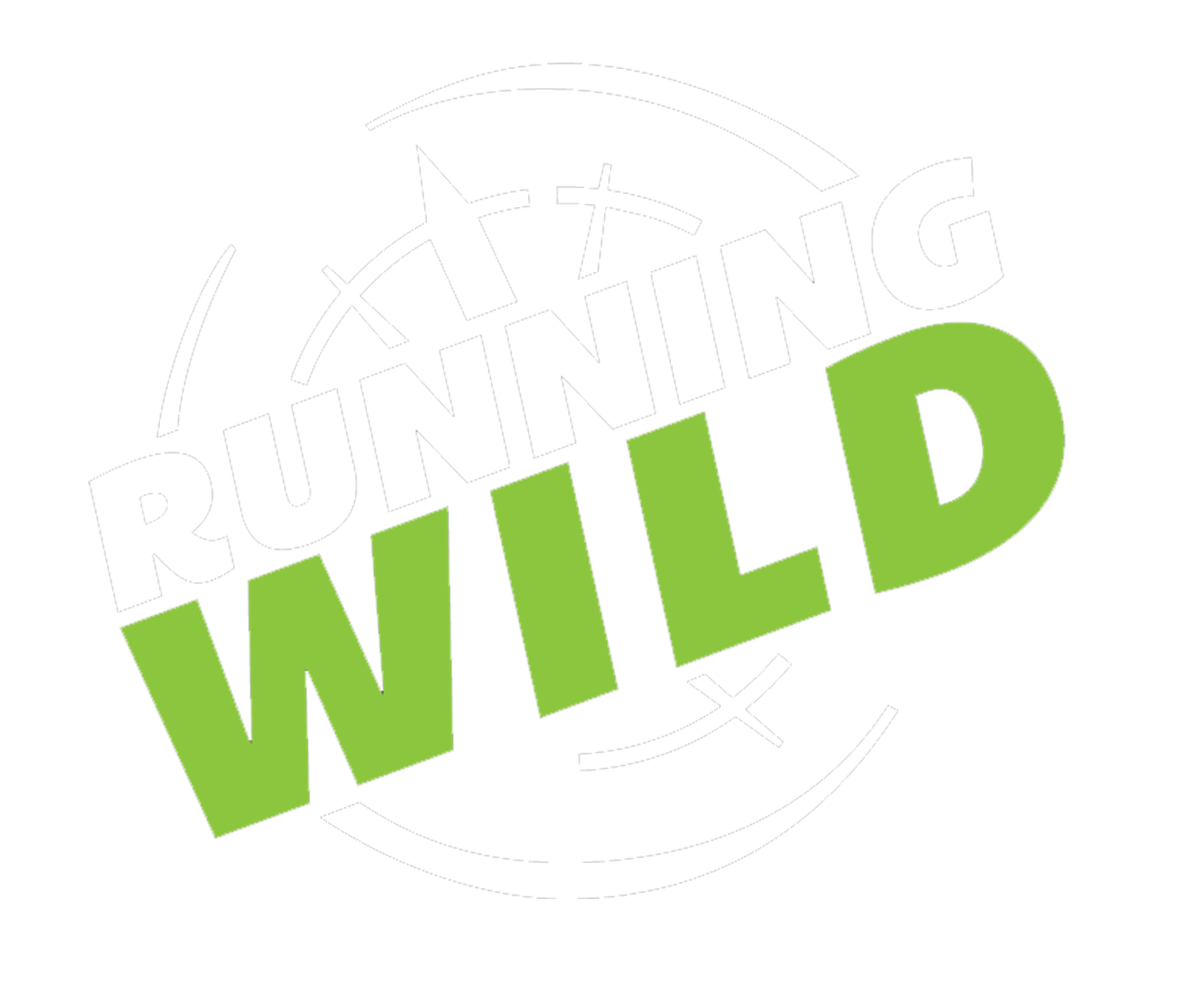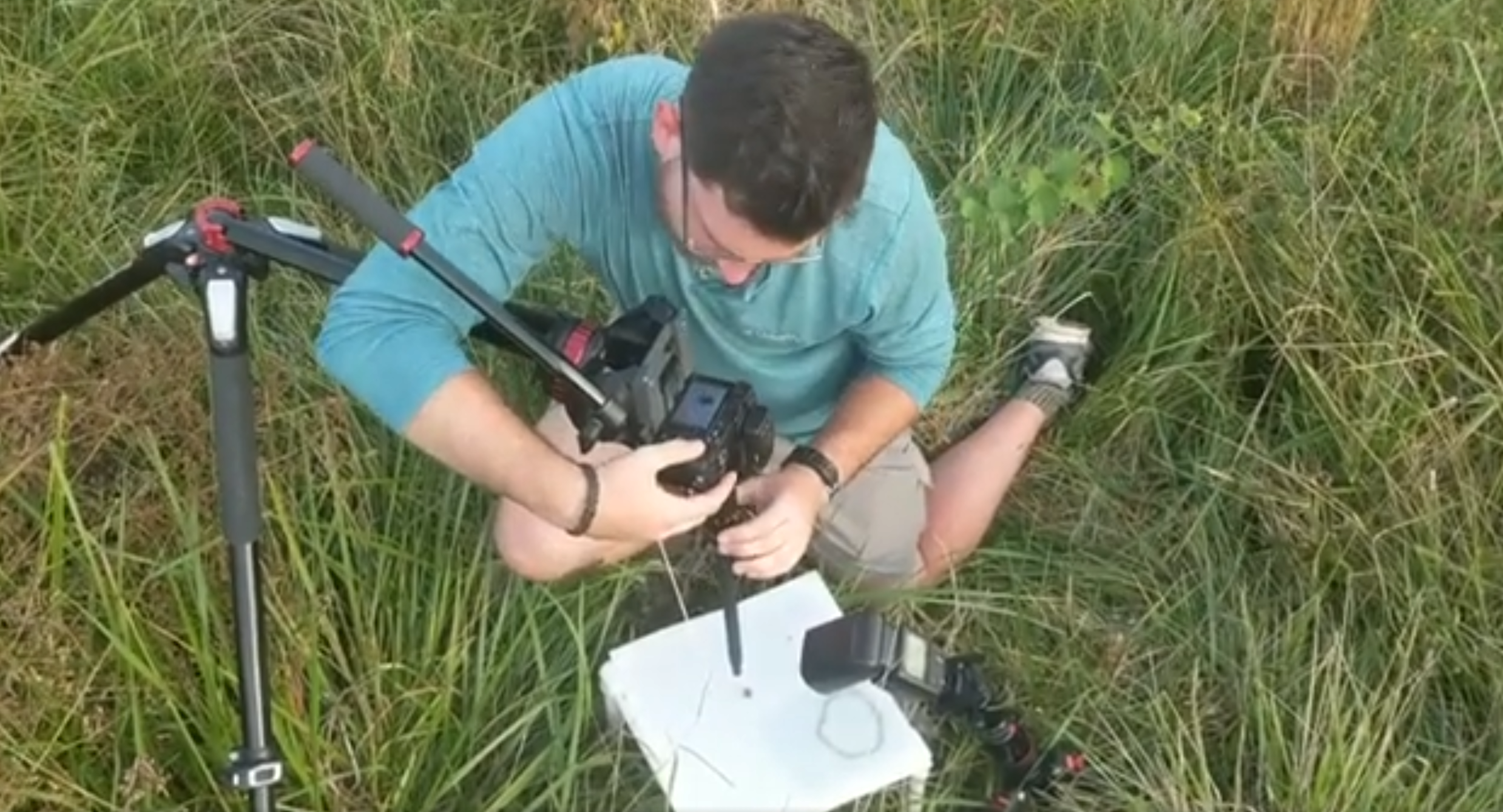Beyond the Lawn
Co-founder Justin Grubb recently conducted a macro-invertebrate biodiversity survey in the neighborhoods of St Louis, Missouri to compare lawn habitats to natural habitats. To document his findings, he built a small field kit to help photograph the animals encountered using the Meet Your Neighbours photography style. Using a macro lens, flashes and a white glass surface, Justin was able to document a stunning array of species found amongst the wildflowers and grasses of Missouri. A total of 21 different species were collected in the prairie habitat and 8 different species were collected in the lawn habitat. According to this small study, you are 3.4 times more likely to find macro-invert wildlife in a small patch of natural vegetation than you are in your lawn.
Turfgrass lawns makes up more than 2% of the continental United States' total surface area and is the biggest irrigated crop. According to the National Science Foundation, lawns are biological deserts and are a direct threat to biodiversity - especially pollinators, which are experiencing a swift decline across the world.
To help, consider converting part of your yard to natural area with native plants like wildflowers, trees, shrubs and grasses. These plants help support more macroinverts which in turn support more wildlife like birds and amphibians. Converting unused lawns back into wildlife friendly habitats will be a huge step in restoring biodiversity across the US and help maintain food security for millions of people. In addition, you would save resources by not needing to mow, fertilize and water your lawns
Public Exhibit
As a result of this research, a public facing exhibit was developed for the Grange Insurance Audubon Center in Columbus, Ohio for visitors to learn about the importance of native landscaping in their yards and the detrimental impact lawns have on native biodiversity. This project also included several workshops and online presentations.


















